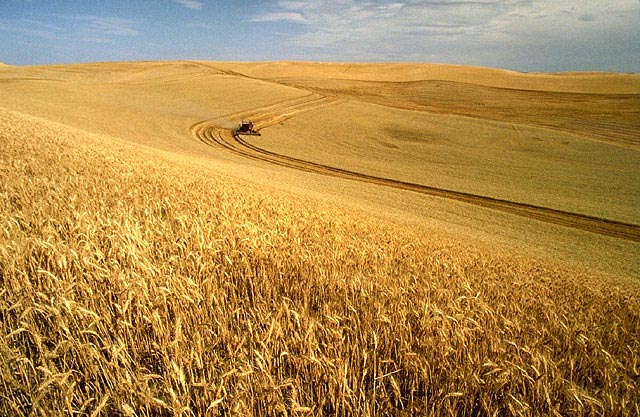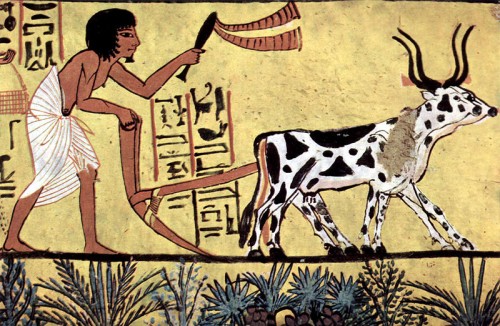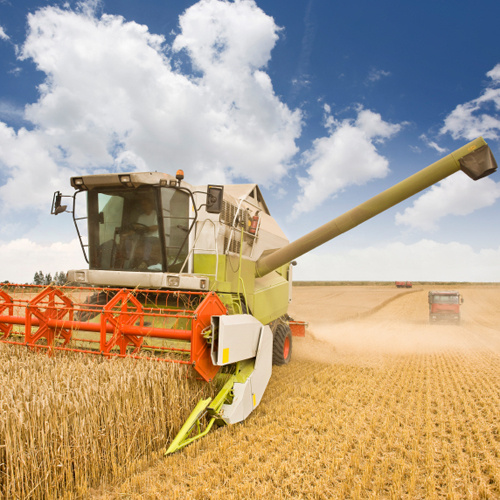Could crop ancestors feed the world?

The world is facing starvation as climate change disrupts food production and the population booms and science’s last hope may be locked inside Syria’s forgotten wild plants.
The race is on to develop and test improved crop varieties to feed the world’s growing population — and help may lie in Syria’s wild plants. Many of the first crops emerged in Syria, where humans are thought to have first discovered agriculture some 11,000 years ago. Emmer wheat, barley, chickpea, pea and lentil crops all originated here.
Researchers from around the world are flocking to the Arabian desert to create crops for an increasingly bleak future, as obstacles to food production stack up, according to COSMOS Magazine.
Climate change, depletion of phosphorous supplies, the drying out of water basins, competition with biofuels for land and the reliance on oil for nitrogen fertiliser production are all challenging the status quo, according to Kenneth Street, an agriculturalist and genetic resource scientist at the International Centre for Agricultural Research in Dry Areas (ICARDA). As a result, many researchers have turned to breeding techniques that import useful traits from wild varieties — the ancestors of domestic crops.
Although humans have only ever bred small numbers of the best-yielding varieties of crops, hundreds of thousands of species that our ancestors didn’t pick contain genes that have enabled them to grow in one of the world’s harshest climates, enduring droughts, high salinity and temperature variations. If some of these genes could now be introduced to high-yielding crops they could provide them with an urgently needed boost.
To speed up this process, which normally takes up to 12 years, researchers are now looking at new technologies. For example, the Focussed Identification of Germplasm Strategy approach informs researchers where to look for certain traits by examining the environment from which the seed was collected.
“For example, if we’re looking for a drought resistant crop, we’re going to look in low rainfall environments in which the seasonal rainfall is highly variable — this type of environment may have forced local populations to evolve towards physiological drought tolerance,” says Street.
Another initiative is to look for new molecular markers, which are common for some crops, such as wheat and barley, but largely unknown for others, such as chickpeas. Genetic modification could also help reduce the length of time to breed new varieties, from 12 to two years, he said, but public concerns over the consequences for health and the environment may mean it never takes off.
“



Commenting rules and guidelines
We value the thoughts and opinions of our readers and welcome healthy discussions on our website. In order to maintain a respectful and positive community, we ask that all commenters follow these rules:
We reserve the right to remove any comments that violate these rules. By commenting on our website, you agree to abide by these guidelines. Thank you for helping to create a positive and welcoming environment for all.